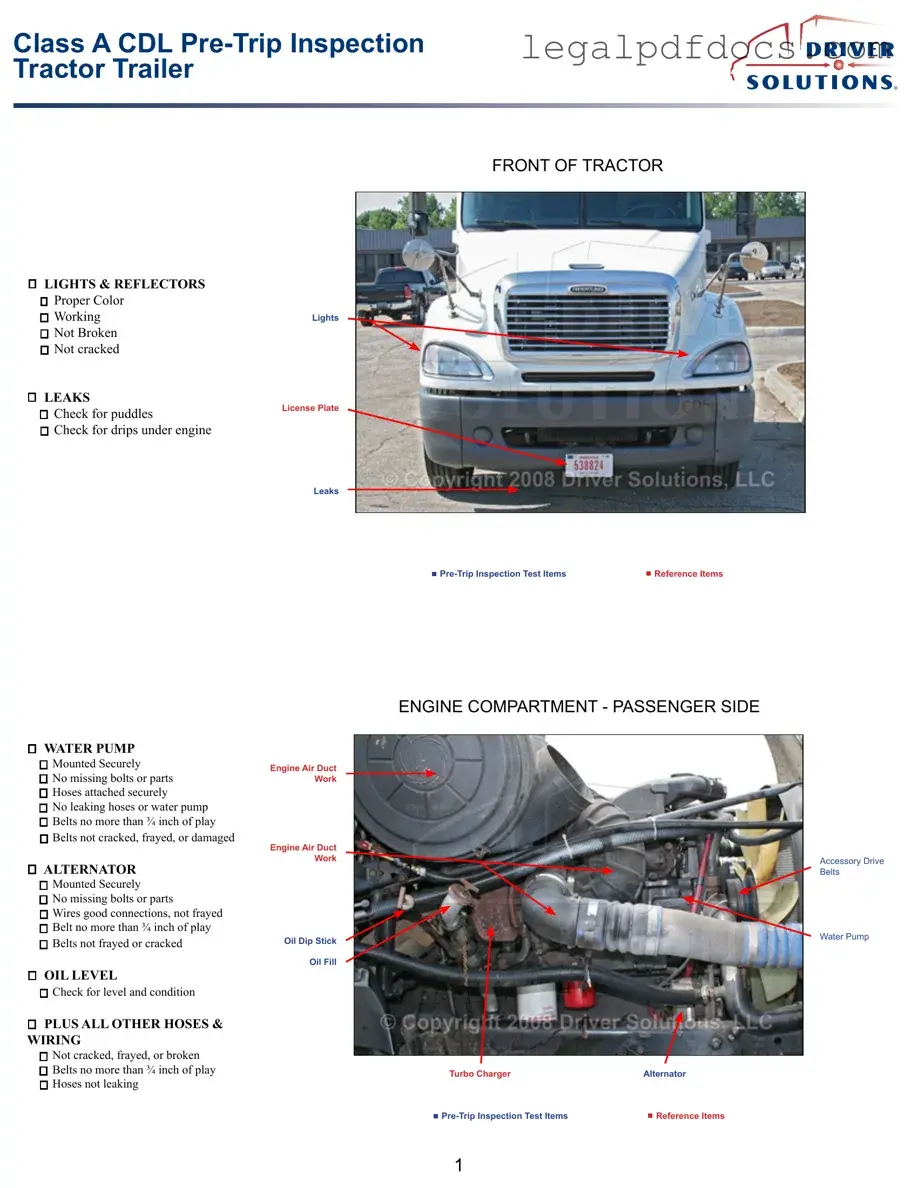Fill Out a Valid Pre Trip Inspection Checklist Template
The Pre Trip Inspection Checklist is a vital tool designed to ensure the safety and operational readiness of vehicles before they hit the road. This form outlines a systematic approach for drivers to assess their vehicles, identifying any potential issues that could compromise safety. By utilizing this checklist, drivers can help prevent accidents and enhance overall road safety.
To ensure your vehicle is ready for the journey ahead, consider filling out the Pre Trip Inspection Checklist form by clicking the button below.
Open Pre Trip Inspection Checklist Editor Here
